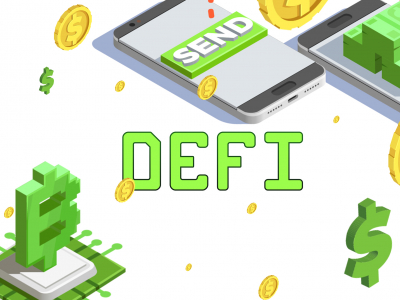One of the largest cryptocurrency exchanges Coinbase now allows US users to instantly buy bitcoins using a debit card. The option will soon be available for customers from other countries.
Coinbase announced the new service in their Twitter blog. Earlier it was only possible to buy bitcoins on the exchange with the help of a credit card and corresponding bank account. Meanwhile, more and more US citizens rely on debit cards. According to 2015 statistics, there were about 471 million Visa debit cards and 183 million MasterCard debit cards circulating in the country at that time. That makes Coinbase’s innovation is particularly timely.
Now, buying bitcoins on the exchange a US user can add a debit card directly to their account and immediately receive the money without having to wait for a bank transfer, reads the statement on the exchange’s website. Unlike European and UK users, US customers shouldn’t undergo any additional authentication to carry out the transaction.
One should keep in mind, however, that the exchange applies greater fees for buying bitcoins with a debit card than for a similar operation carried out through a bank account, correspondingly 3.75 and 1 %, reports TechCrunch.
Another restrictive factor concerns with the amount of money. While using a bank account one can purchase the amount equivalent to $10,000 daily, the sum cannot exceed $250 when trading with a debit card. At the current exchange rate, it only makes about 0.5 bitcoin.
Coinbase works on broadening its client base and introducing new ways of bitcoin payment. Last week, the exchange integrated the bitcoin wallet Copay developed by the payment system BitPay. “If you already use Coinbase but are looking for a secure everyday bitcoin wallet, we hope you'll give Copay a try,” reads BitPay’s news release.
A day before, Coinbase’s CEO Brian Armstrong shared his views on the future of bitcoin and the place of the exchange in the industry. According to him, the share of speculative investment in the overall number of the exchange’s transactions is decreasing, while the share of the payment network is growing. A year or two ago 95% transactions were speculative while now it is just about 80%, the rest being payments for goods and services. And the trend will persist, claims Armstrong, so in about 10 years the majority of transactions might be real payments. “Bitcoin is maturing,” stated the financier.
Andrew Levich

















